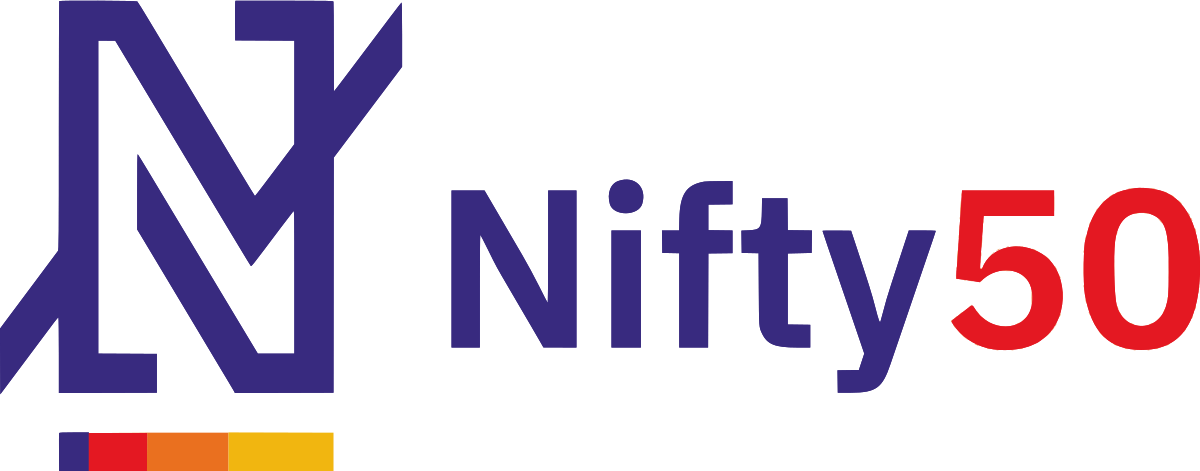The NIFTY 50 is a market capitalization-weighted index of India’s top 50 companies listed on the National Stock Exchange (NSE). It is one of the most widely used leading indicators by investors who are engaged in online stock trading to monitor the stock market’s performance. It indicates how the stock market is faring currently.
Among the list of Nifty 50 stocks, there are several carefully selected and expertly researched companies, including but not limited to Reliance Industries, HDFC Bank, Infosys, Tata Consultancy, and Maruti Suzuki. These industries are a staple in the Indian economy, and their popularity and demand lead them to a place of utmost importance in the stock market.
How Companies Become Part of Nifty 50?
For a company to be a part of Nifty 50, there are certain eligibility criteria that they must have to meet. These include :
- Domicile: The company is required to be domiciled in India, and traded on the National Stock Exchange (NSE). The definition of traded stocks includes stocks that are both listed as well as traded, and also the ones which are not listed but are allowed to be traded on the NSE.
- Type of Securities: Only the stocks of those companies which are already included in the Nifty 100 index and can be traded in the NSE’s Futures & Options (F&O) segment can become a part of the Nifty 50 Index.
- Differential Voting Rights (DVR): Only those equity shares with Differential Voting Rights can be included in NIFTY 50, whose DVR free float is at least 10% of the company’s free-float market capitalization and 100% of the free-float market capitalization of the last security in the index.
- Liquidity: To be included in the index, the stock must have been transacted at a maximum average cost of 0.50% in the last six months for 90% of the observations if the portfolio is worth Rs. 10 Crores. Impact cost is the cost of performing a business in an asset in ratio to its benchmark weight at any given time, as measured by market capitalization. When buying or selling, this is the percentage markup.
- Float Adjusted Market Capitalisation: If we compare the freely floating assets of market capitalization to that of the smallest company in the Index, it should be, at the very minimum, 1.5 times more for the stock to become a part of the Nifty 50 index.
- Listing History: An Initial Public Offering (IPO) is eligible for the inclusion if it must meet the index’s regular qualifying criteria for float-adjusted market capitalization and impact for a minimum three-month period instead of six months.
- Trading Frequency: For a stock to get included in the Nifty 50 index, it must have achieved a 100% trading frequency in the last six months, which means that it must be traded every day in the last six months.
Conclusion
Once a company fulfils this above-mentioned list of requirements, only then it is eligible to receive the advantages of being a part of the list of Nifty 50 stocks. Being a part of the Nifty 50 index is a big thing for any stock as Nifty 50 the NSE index is an indicator of the overall economic conditions in India.



